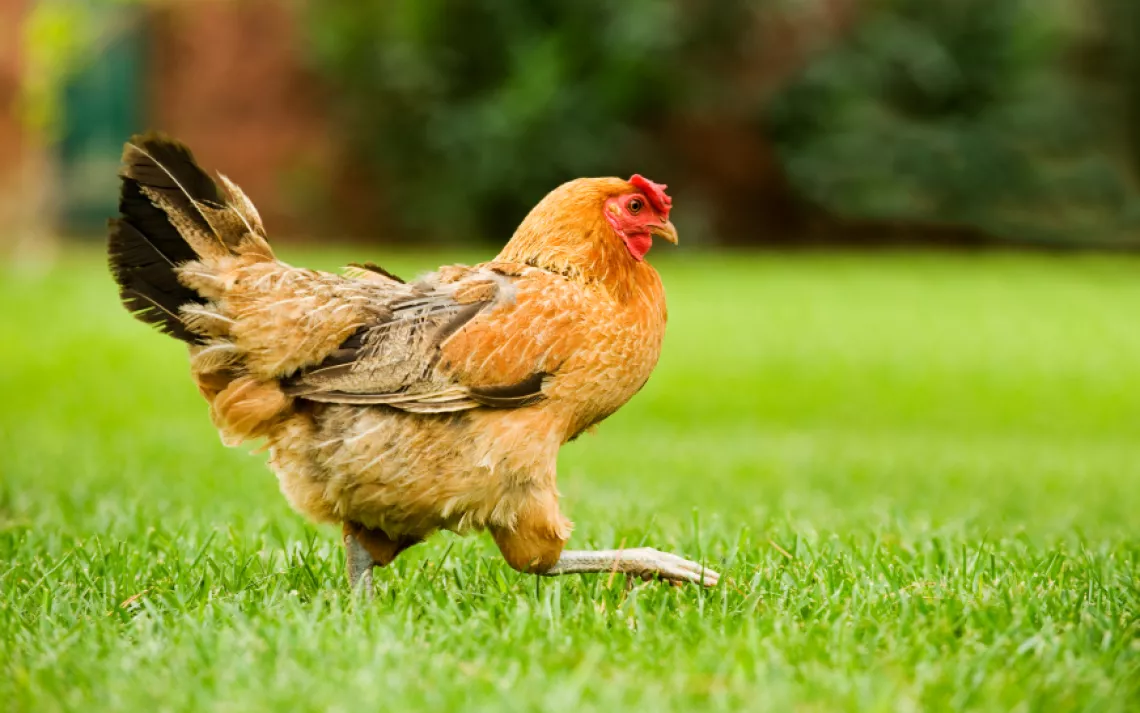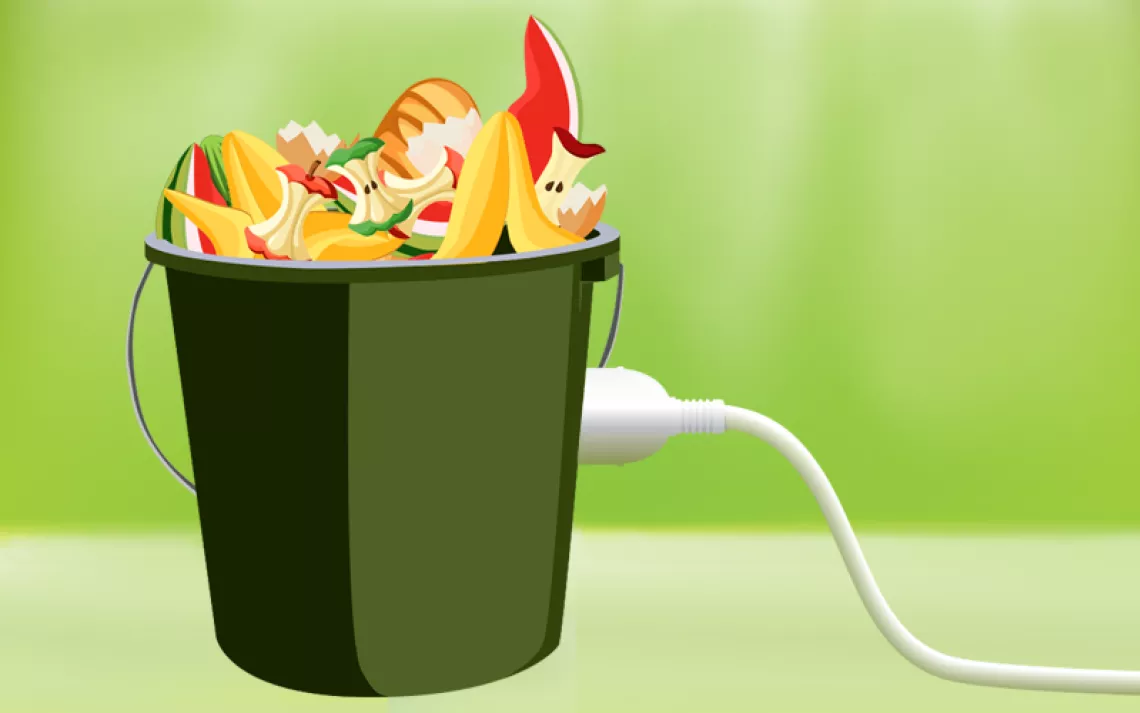How to Raise Backyard Chickens

How do you like your eggs? Factory farms that produce eggs are just as polluting as the ones that produce meat, but if you raise your own chickens, you can make sure that they're pastured and organic. And how much more local can you get than your own yard?
Chickens make for entertaining and easily cared-for pets, and as a bonus,they lay delicious, nutritious eggs. And while it's true that chickens can't live in an apartment, you don't need acres of land to provide eggs for yourself.
Here are five steps to starting your own flock:
1. Laying Laws
Not all cities allow their citizens to keep chickens, unfortunately, and many have limits on how many chickens you can own or whether you can own roosters. Most require permits as well. But from Jersey City to Los Angeles, the country is speckled with chicken-keeping oases. Even if your city doesn't allow backyard chickens, there are several instances where citizens have raised support and changed the law. Learn about your local chicken laws by searching your city here.
2. Get Cooped Up
Chicken coops come in many shapes and sizes, but all need a roof, walls, perches, nesting boxes filled with straw, food and water bowls, and a heat lamp for cold winters. Outside of the coop, there's usually a fenced area, or "run," to let the chickens walk around and dust bathe. The run usually has netting on top to keep predators out. Another possibility is a "chicken tractor," a coop on wheels that you can move around your lawn for free lawn mowing and fertilizer (just make sure there's no chemicals on your grass). Coops can be purchased online, or you can get clever and build your own. Just make sure you can clean the coop and get the eggs out easily.
3. Find Your Flock
There are dozens and dozens of chicken breeds to choose from, but look for a "layer" or "dual-purpose" heritage breed for the best eggs and hardiest chickens. You're probably going to want female chicks, since roosters don't lay eggs and are sometimes not even allowed in urban areas. Mail-ordered chicks are usually not sold in small numbers, so unless you're starting with a flock of 20 hens, then you might want to check out your local feed store. A feed store is an all-purpose shop for farmers, and if they don't sell chicks, they'll probably know someone who does. Chicks need special care. You can also buy "pullets," or teenager hens. They usually start laying eggs at 4-6 months old.
4. Feed 'em
You can usually buy "layer" feed for hens at the feed store (chicks and pullets require their own kinds of feed), or make your own out of different grains, seeds, and legumes. Many recipes for homemade chicken feed are available online. However, all chickens need calcium (usually from ground oyster shells), grit (sand or dirt, which is not a problem for free-range hens), and lots of water. "Scratch" is a chicken treat combined with entertainment: whole grains scattered on the ground for the hens to search for before eating. Chickens are also great recyclers, and will happily nibble lawn clippings, weeds, and vegetable trimmings. They'll even forage in your garden for insects and leaves, if you let them. Chicken manure makes fantastic compost, in case you were wondering.
5. Enjoy Your Eggs!
Once they're old enough, hens will start to lay. If they don't lay in their boxes, put a golf ball there to tell them it's a good spot for eggs. A flock of 3-4 chickens will produce 1-2 dozen fresh eggs per week (more eggs in the spring and summer than in the winter), which is more than enough for most families. Homegrown eggs will have dirt on them, so wash them off with warm water right before eating, like you would whole fruit.
For more info on all aspects of raising hens, try the Backyard Chickens website.
--Rachael Monosson is an editorial intern for Sierra and a recent graduate of Stanford University, where she studied Earth Systems. She lives in San Mateo.
This post is part of a series on sustainable meat.
 The Magazine of The Sierra Club
The Magazine of The Sierra Club







